Contraction Words Worksheets
Contraction words worksheets are an effective educational tool designed to help young learners enhance their understanding of contractions. These worksheets focus on the use of apostrophes to combine two words into one, providing an engaging way for students to practice and reinforce this important grammar concept.
Table of Images 👆
More Word Worksheets
Practice Writing Words WorksheetsSpelling Words Worksheets Grade 2
Have Sight Word Worksheet
Fry's First 100 Words Worksheets
First 100 Sight Words Printable Worksheets
Blending Words Worksheets for Kindergarten
What are contraction words?
Contractions are shortened words formed by combining two words and omitting some letters, usually replacing them with an apostrophe. Common examples include "can't" (cannot), "it's" (it is), and "they're" (they are). Contractions are commonly used in informal writing and speech to improve efficiency and readability.
How are contraction words formed?
Contractions are formed by combining two words and omitting one or more letters, typically vowels, and replacing them with an apostrophe to indicate the missing letters. This process shortens and simplifies language, making it more efficient and casual for everyday communication.
What is the purpose of using contraction words?
The purpose of using contraction words is to make speech and writing more efficient by combining two words into one, thereby saving time and effort. Contractions also help to create a more casual and conversational tone in language, making communication more fluid and natural.
Can you give examples of commonly used contraction words?
Yes, commonly used contraction words include "can't" (cannot), "won't" (will not), "wouldn't" (would not), "shouldn't" (should not), and "I'm" (I am).
How can contraction words make writing more concise?
Contraction words are shortened forms of two words combined into one, such as "can't" for "cannot" or "it's" for "it is." By using contraction words, writers can convey the same meaning with fewer letters and words, making their writing more concise and to the point. This helps in reducing wordiness, improving readability, and creating a more conversational tone in the text.
What are some common mistakes people make with contraction words?
Common mistakes people make with contraction words include using the wrong apostrophe placement (e.g., "dont" instead of "don't"), confusing similar contractions (e.g., "its" versus "it's"), and omitting the apostrophe altogether (e.g., "cant" instead of "can't"). It is important to pay attention to the proper usage of contraction words to ensure clear and correct communication.
Are there any rules or guidelines for using contraction words?
Yes, there are rules and guidelines for using contraction words in English. Contractions are typically formed by combining two words and replacing the missing letters with an apostrophe. They are informal and commonly used in spoken language and informal writing. However, contractions should be avoided in formal or academic writing unless specifically permitted by the style guide. It is also important to use contractions appropriately to ensure clarity and readability in your writing.
How can practicing with contraction words improve language skills?
Practicing with contraction words can improve language skills by helping to understand the nuances of spoken language, enhancing fluency and naturalness in communication, and improving overall comprehension. By using contractions, language learners can become more familiar with how words are commonly contracted in everyday speech, enabling them to better interpret and produce spoken language. Additionally, incorporating contractions can make one's language more conversational and engaging, thus enhancing their ability to connect with others through language. Overall, regular practice with contraction words can strengthen vocabulary, grammar, and communication skills, making language use more dynamic and authentic.
Are there any situations where contraction words should be avoided?
Yes, contraction words should generally be avoided in formal or academic writing, as they can make the text appear less professional. In situations where you need to convey a sense of formality or seriousness, it is best to use the full forms of the words instead of contractions. Additionally, in technical or legal documents where precision and clarity are crucial, avoiding contractions can help ensure that your message is communicated accurately.
Can you provide specific exercises or activities for practicing contraction words?
Some exercises and activities for practicing contraction words include creating flashcards with the full words on one side and the contractions on the other, playing matching games where you have to match the full words with their contractions, practicing typing sentences with contraction words, playing a contraction word scavenger hunt by finding and circling contractions in books or articles, and doing fill-in-the-blank exercises where you have to correctly fill in the contractions in sentences.
Have something to share?
Who is Worksheeto?
At Worksheeto, we are committed to delivering an extensive and varied portfolio of superior quality worksheets, designed to address the educational demands of students, educators, and parents.





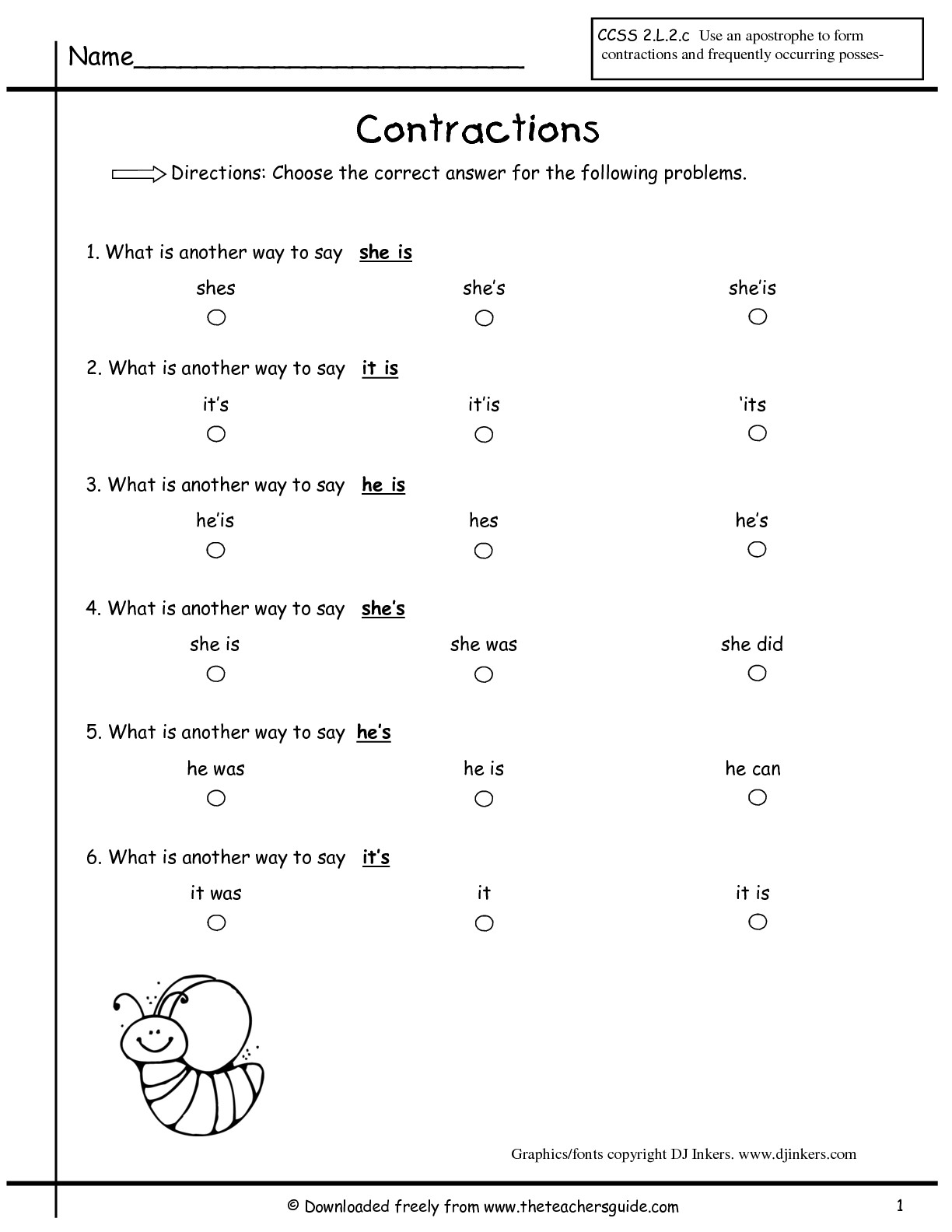
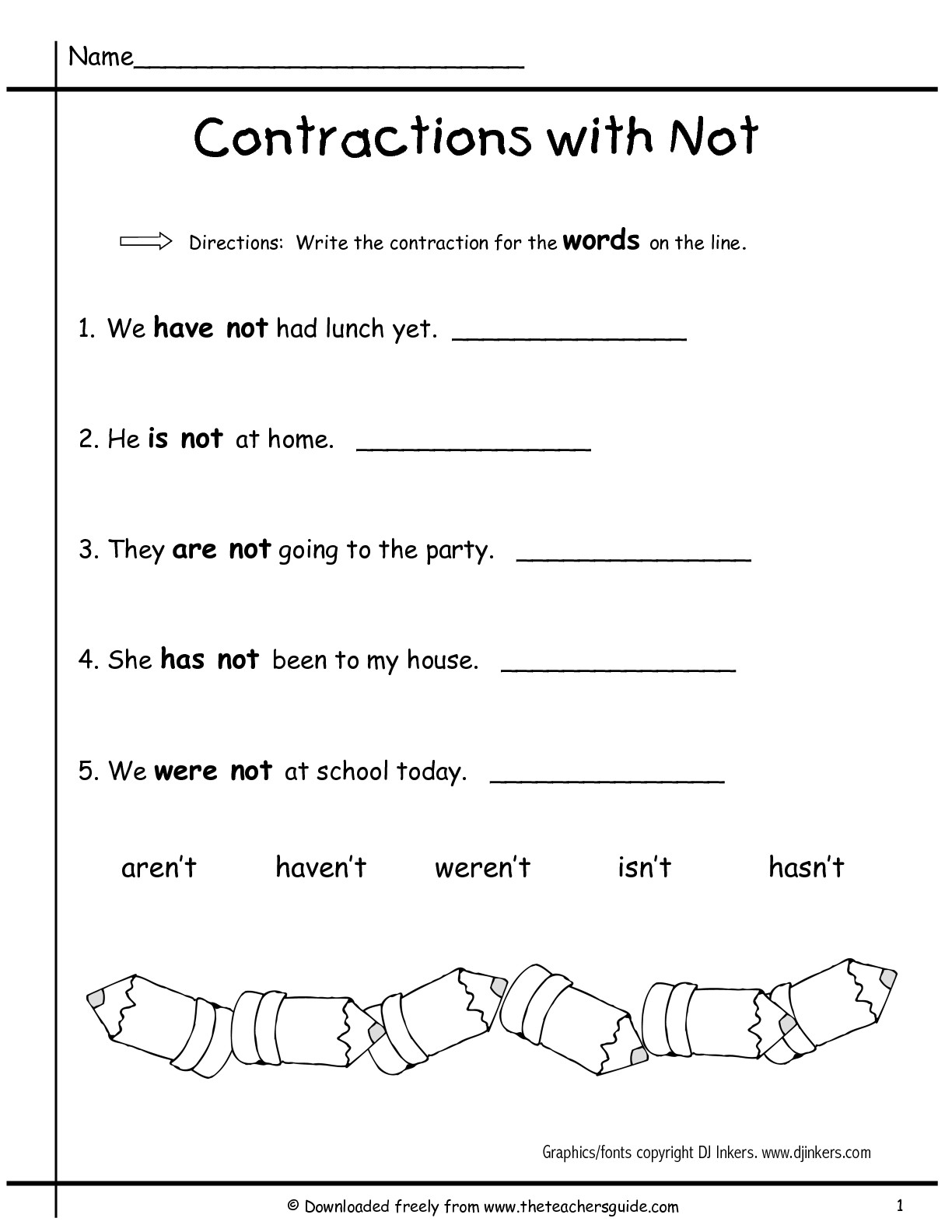
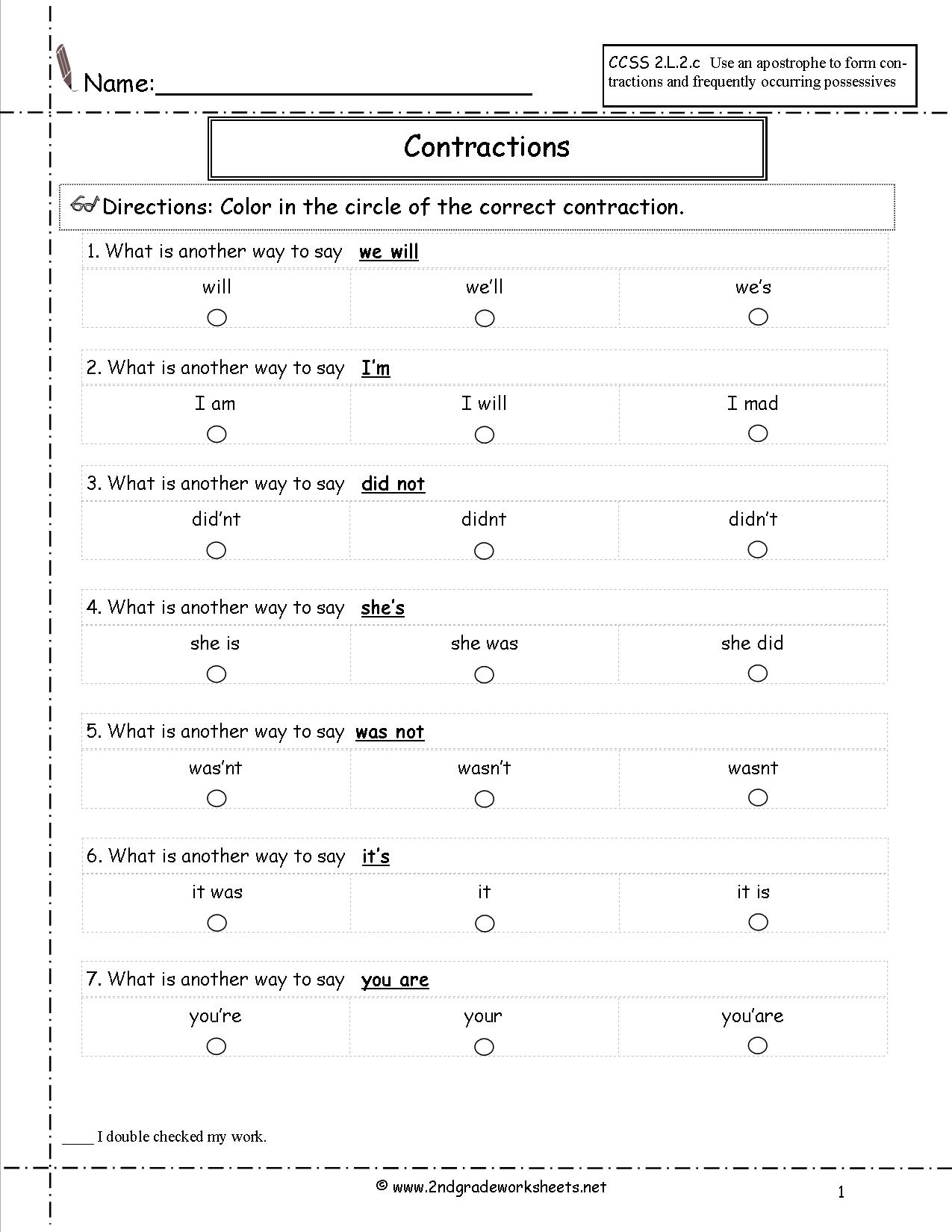
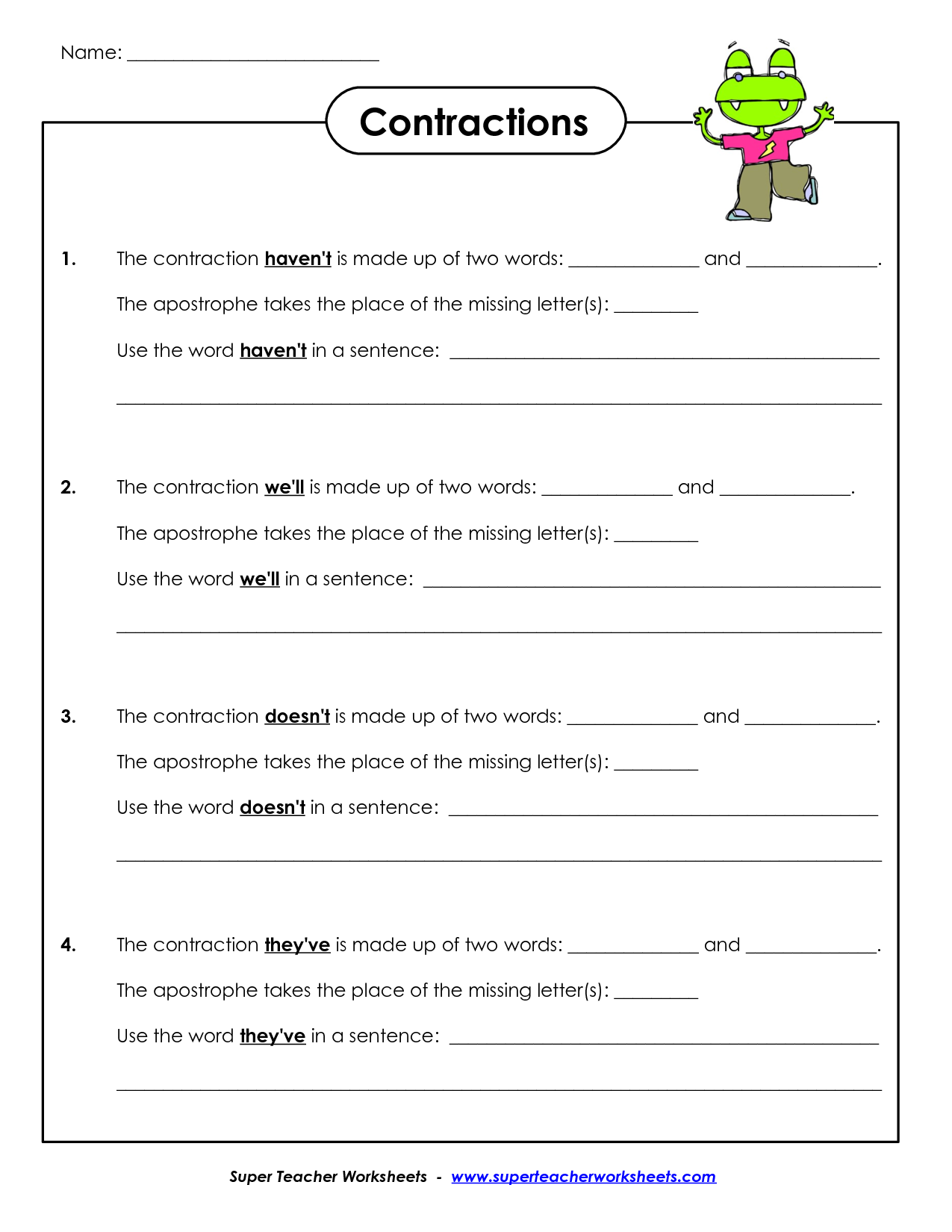
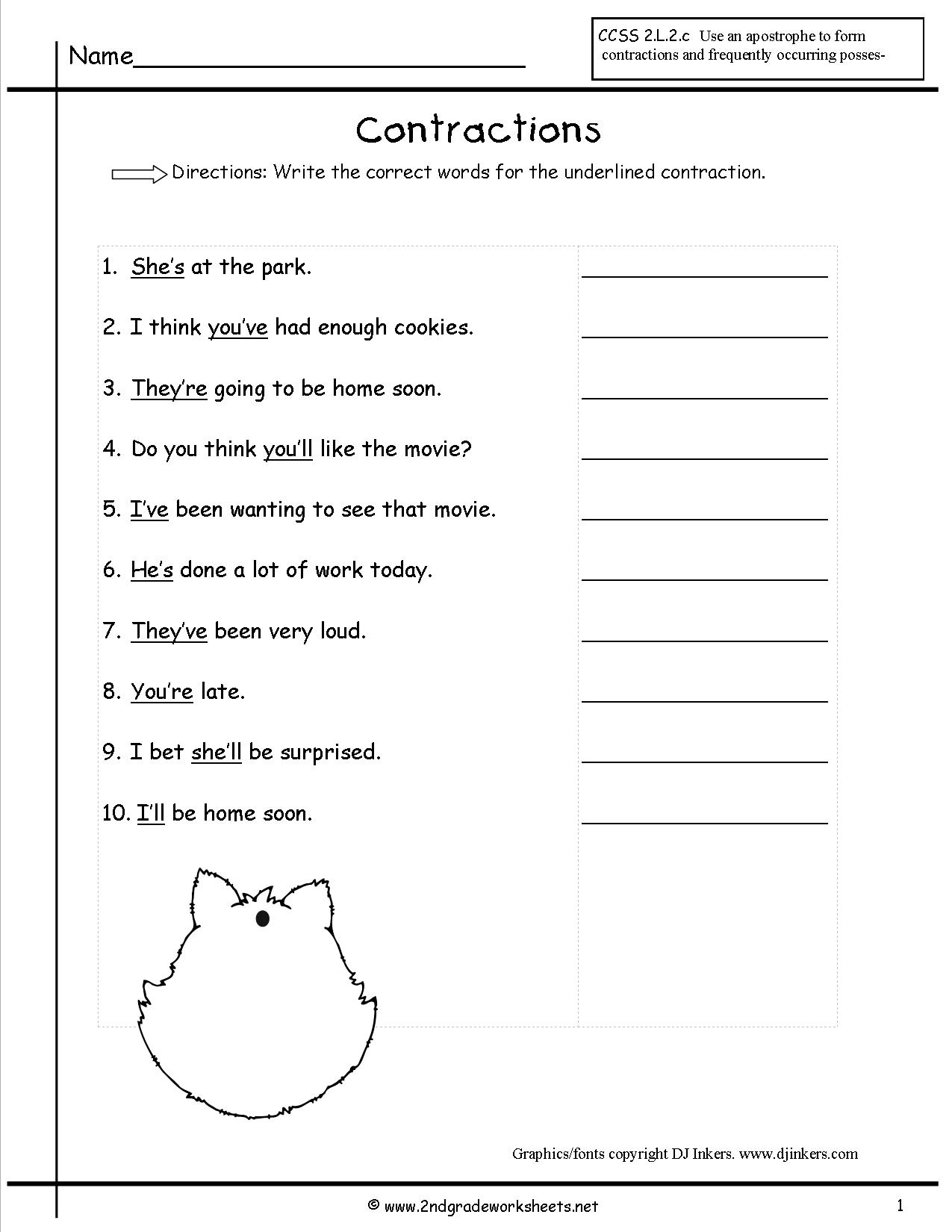


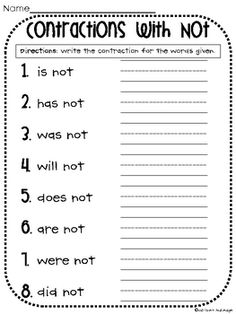
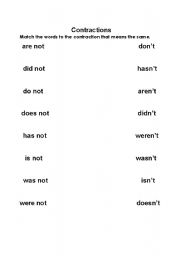
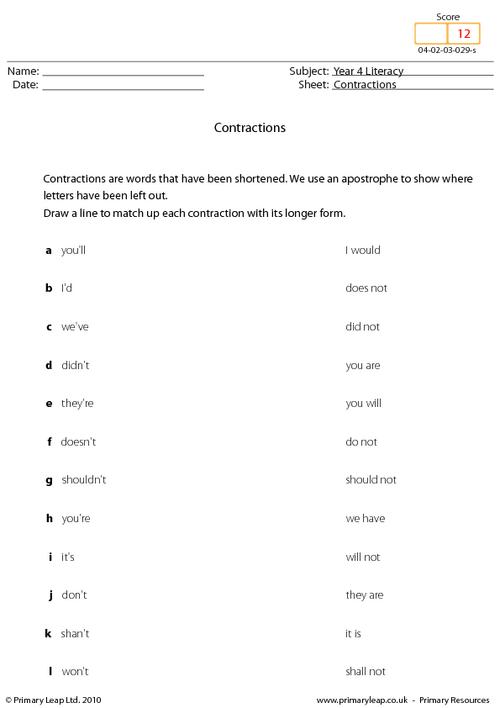








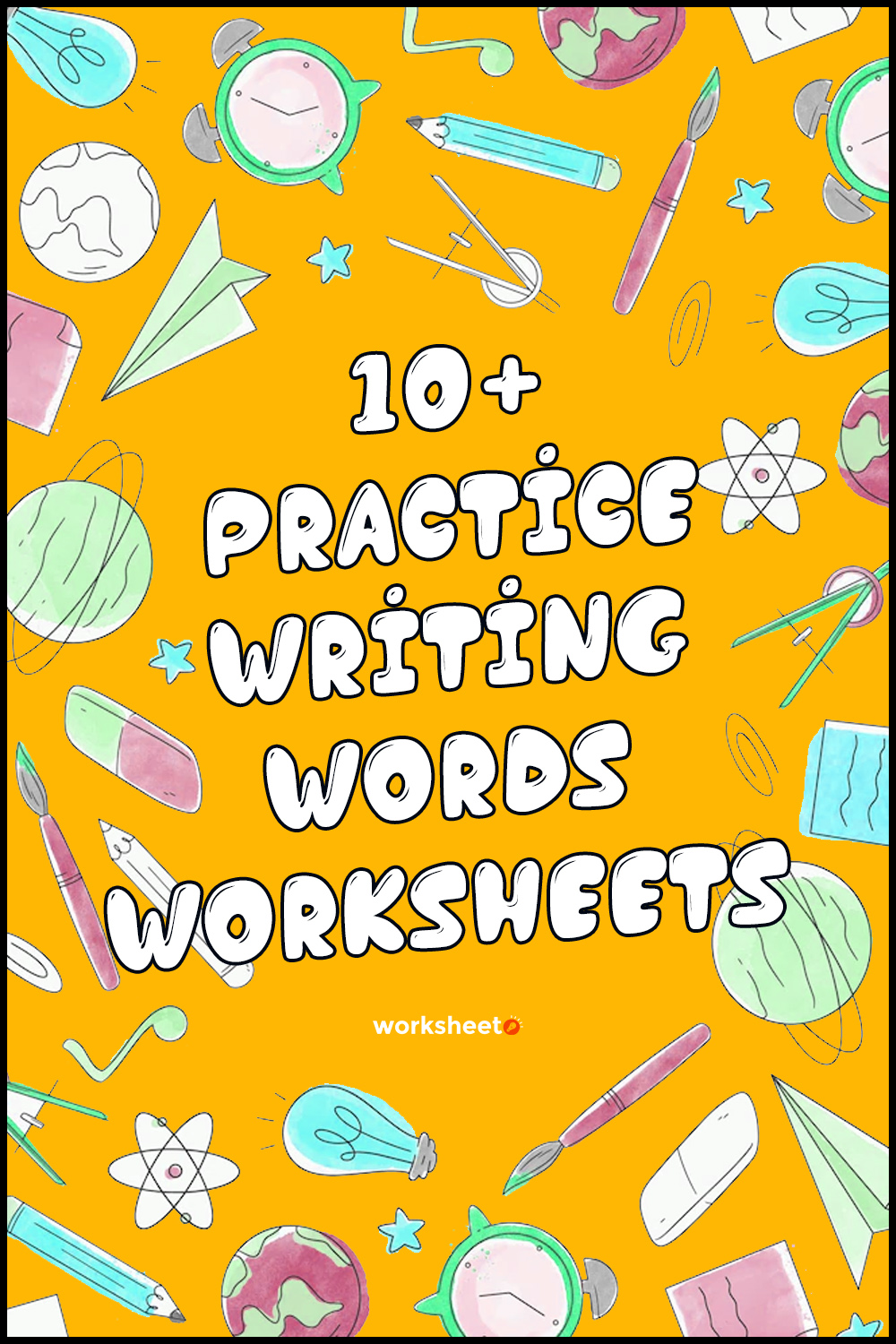
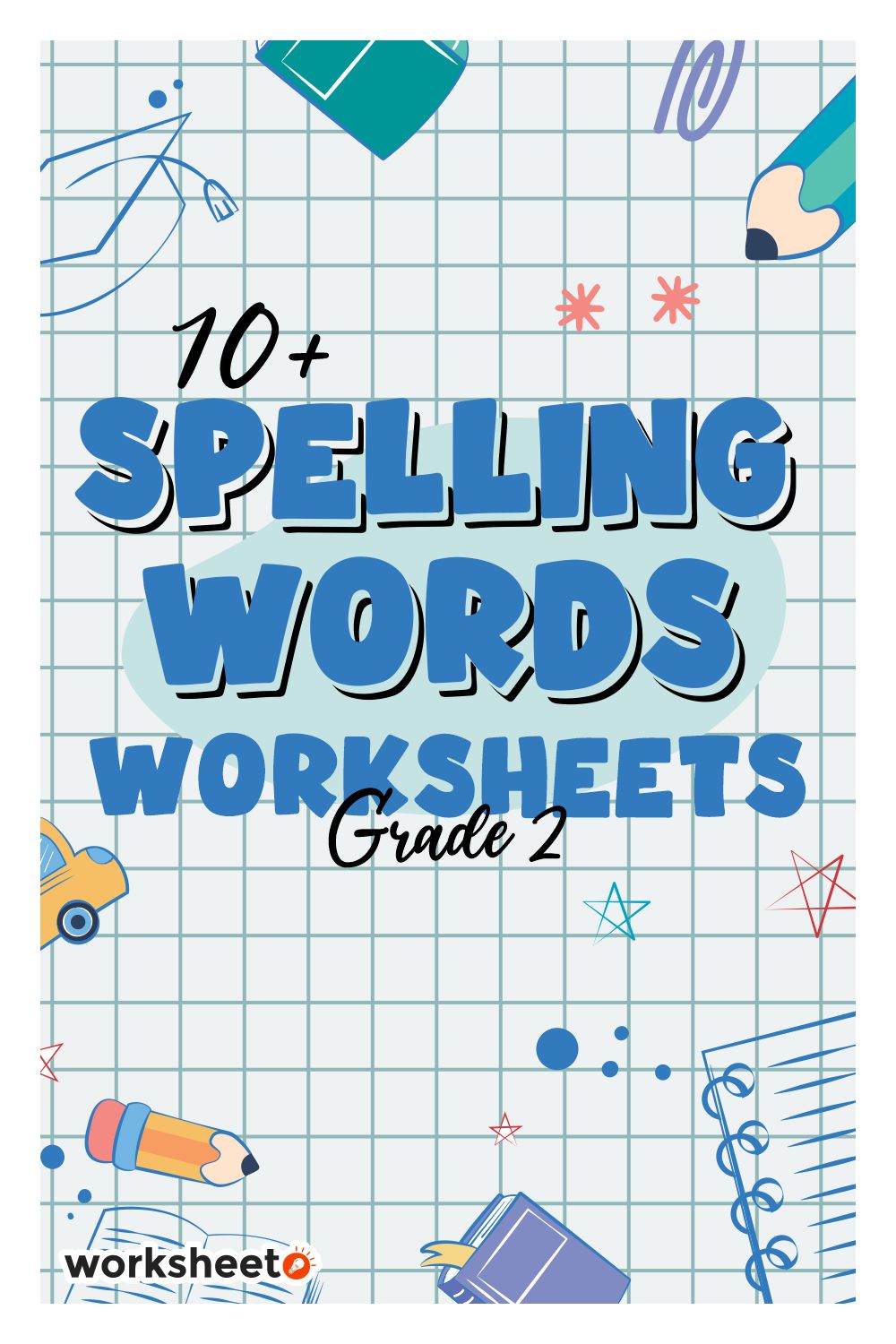
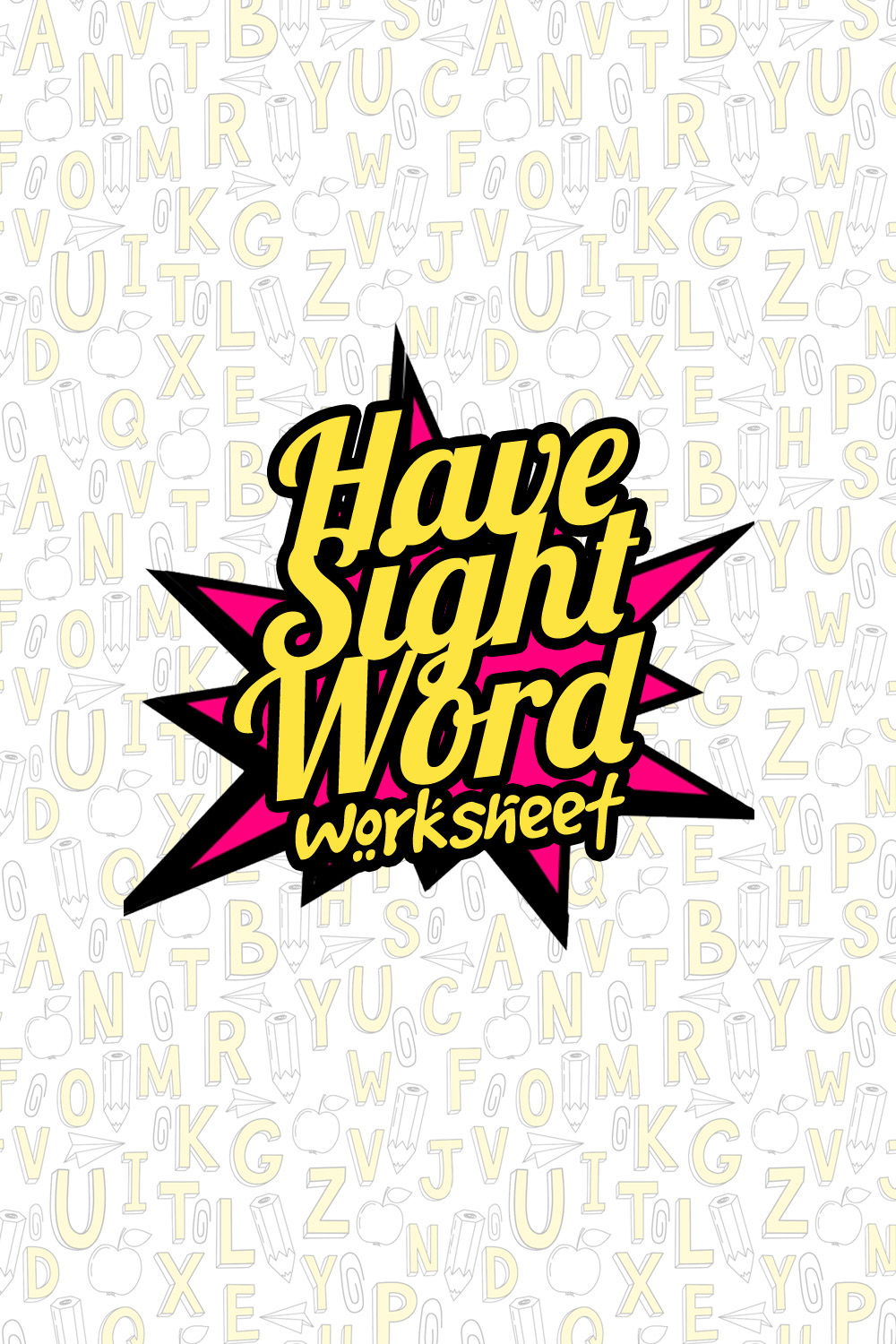
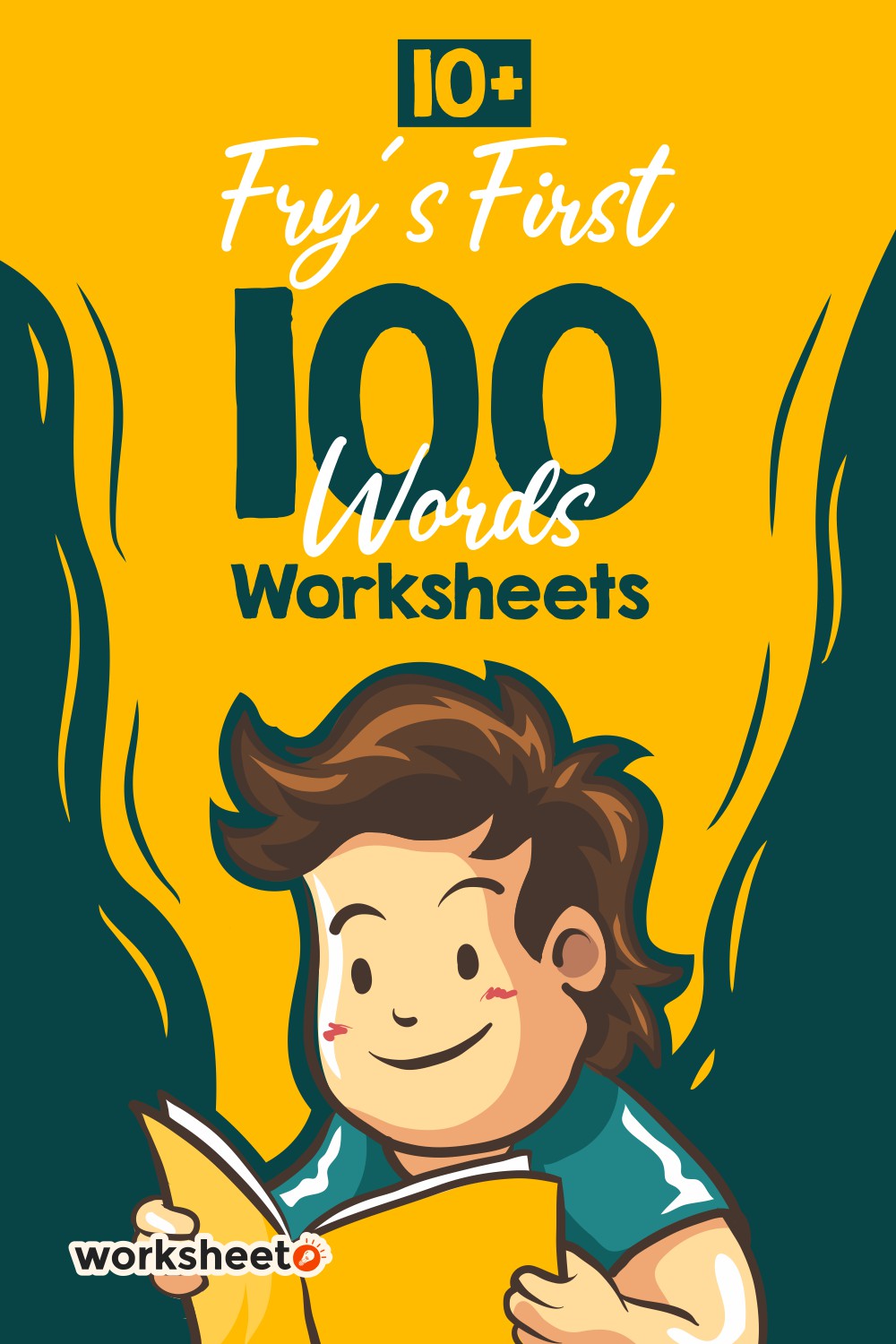
Comments